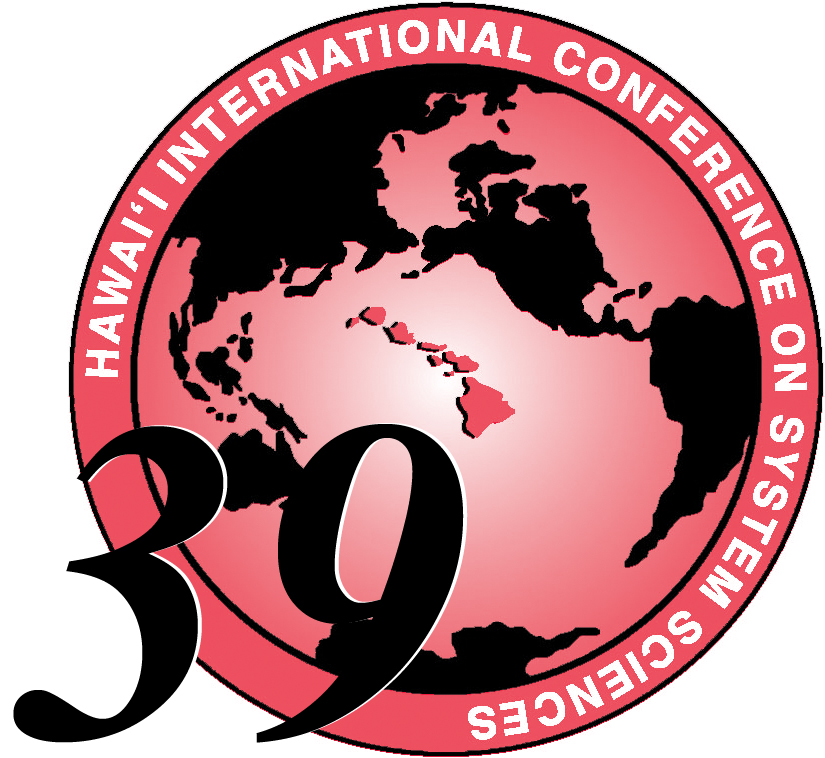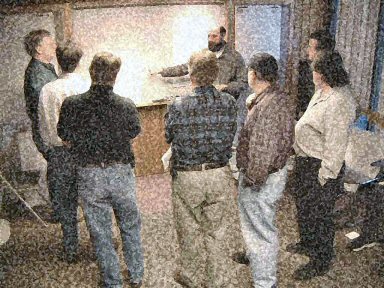Hawaii 2006: You Wouldn't Want to Miss It!

RECIPE’06: Minitrack on Process Integration and Evolution
Healthcare and IT Track
HICSS-39
I am looking for a few U.S. members of the Program Committee to review papers. Let me know if you are interested.
Background
Demands from both government and clients for more effective and efficient healthcare services are increasing, and the healthcare industry must find innovative ways to re-invent core processes. Business process reengineering (BPR) projects in the mid 1990s demonstrated that adopting new hospital information systems may leverage this transformation.
However, the goals of increasing revenue, reducing cost, enhancing patient care, and improving customer satisfaction have been difficult to achieve due to high costs of integration of legacy disparate systems, cultural barriers to adoption, and the intrinsic nature of healthcare processes. Healthcare processes are typically complicated in procedure, highly error prone, extremely agile, and have a significant requirement for cross-organizational business process integration.
At the same time, new technologies such as web-and grid-services gracefully fuse IT and business processes, overcoming difficulties of actually implementing reinvented business processes. In addition, novel mobile technologies, e.g., using RFID, provide novel solutions, which were unthinkable before.
Despite the critical need for real time process improvement in healthcare, few institutions have implemented adaptive systems, and this new mode of integration needs discussion in a broader forum to demonstrate the need, illustrate the solution, and motivate implementation of healthcare systems that radically improve efficiency, lower costs, and reduce medical error.
In order to address these issues, existing business process management approaches and technologies in healthcare need to be enhanced to better deal with real-time process monitoring and improvement, detection of adverse events, and adaptive responses to unanticipated breakdown in normal processes.
Minitrack Objectives
Currently, there is a lack of methodologies, tools and applications concerning the integration, management and evolution of cross-organizational business processes in the context of healtcare, e.g., cross-hospital information systems, and healthcare "hubs"..
It is the aim of this minitrack to attract research papers covering issues that help of overcome this gap.
The workshop is focused at business integration and evolution solutions in healthcare (e.g., between hospitals) as in this area there is a huge potential for application of emerging integration technologies and interesting problems and examples can be identified.
Topics
Examples of relevant topics include, but are not restricted to:
Process integration with medical web-services
Service Oriented Architectures (SOA) allowing access to and sharing of patient data residing in multiple clinical repositories
RFID tracking of patients, staff, supplies, instruments, equipment accumulating baseline data
Design patterns for successful integration of healthcare processes
Healthcare service integration bus and infrastructure
Ad-hoc workflows for medical processes
Evolution of healthcare processes; proactive change management
Healthcare integration hubs
Process analysis of patient flow bottlenecks and development of process improvements targets
Testing process improvements
Dynamic application generation: real time support for workflow engines to obtain information needed at any step of process
Case studies
Program Committee
Members to be announced.
Organization:
Jeff Sutherland, PatientKeeper, USA,e-mail: jeff.sutherland@gmail.com
Willem-Jan van den Heuvel, Tilburg University, The Netherlands, e-mail: wjheuvel@uvt.nl





